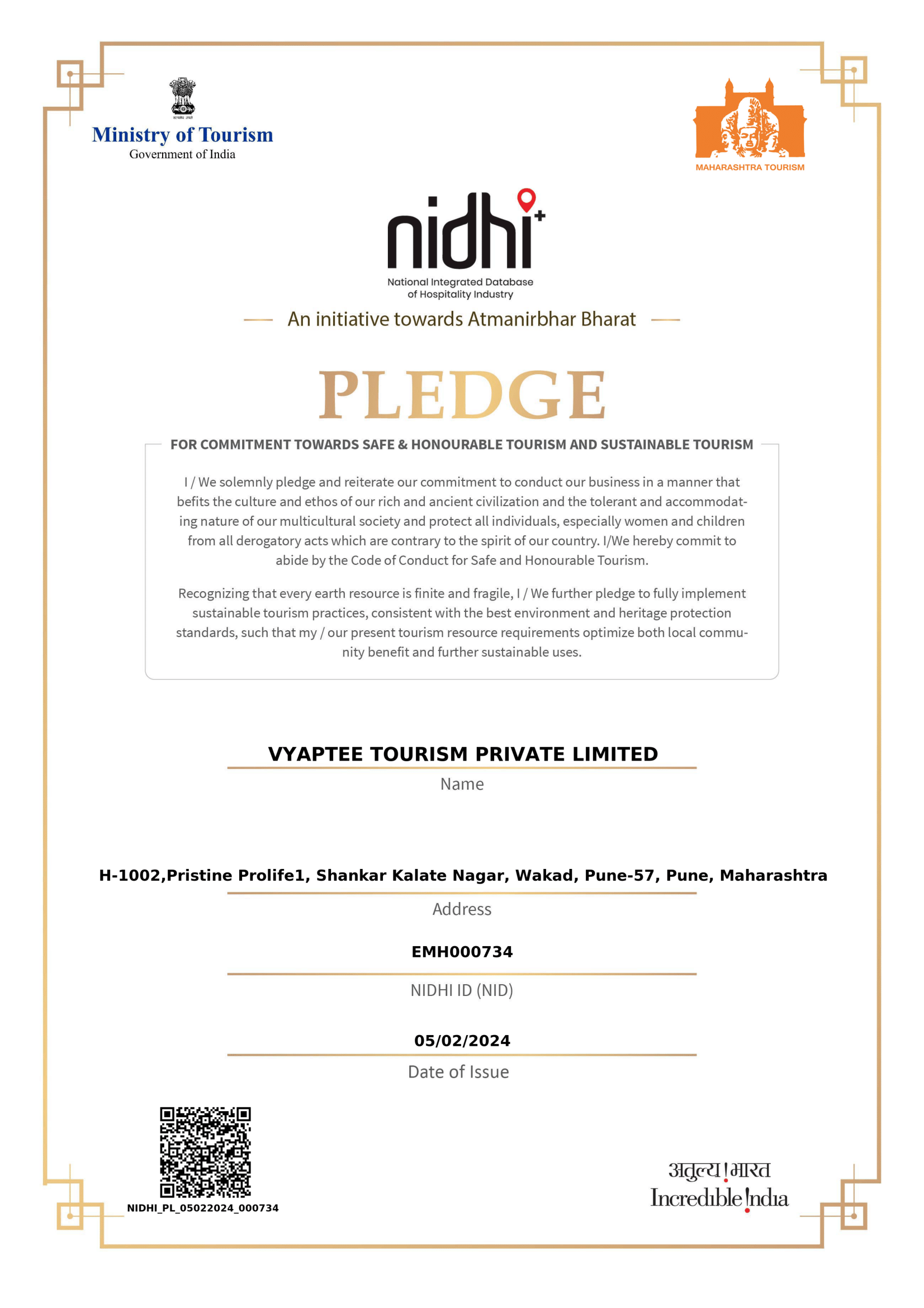Copenhagen, the capital of Denmark, is a city that exudes charm and elegance. The picturesque Nyhavn harbor, with its colorful buildings and historic ships, is a perfect spot for a leisurely stroll. The Tivoli Gardens, one of the world's oldest amusement parks, offers fun and entertainment for all ages.
Copenhagen is also known for its innovative architecture and design. The modern buildings of the Ørestad district and the sustainable urban development of the Carlsberg City District are examples of the city's forward-thinking approach. The city's culinary scene is renowned, with numerous Michelin-starred restaurants and a strong emphasis on local, sustainable ingredients.
#### Stockholm, Sweden: The Venice of the North
Stockholm, the capital of Sweden, is a city spread across 14 islands connected by bridges, earning it the nickname "Venice of the North." The historic Gamla Stan (Old Town) is a maze of cobblestone streets, colorful buildings, and historic landmarks such as the Royal Palace and the Stockholm Cathedral.
The city's numerous museums, including the Vasa Museum, the ABBA Museum, and the Nobel Prize Museum, offer fascinating insights into Swedish culture and history. Stockholm's archipelago, with its thousands of islands, provides endless opportunities for boating, fishing, and exploring nature.
### Eastern Europe: A Journey Through Time
#### Budapest, Hungary: The Pearl of the Danube
Budapest, the capital of Hungary, is a city that captivates with its stunning architecture and vibrant culture. The Buda Castle, the Hungarian Parliament Building, and the Fisherman's Bastion are iconic landmarks that offer panoramic views of the city. The thermal baths, such as the Széchenyi and Gellért Baths, provide a relaxing and rejuvenating experience.
The Danube River, which flows through the heart of Budapest, adds to the city's charm. A river cruise offers a unique perspective of the city's illuminated landmarks. The lively ruin bars, located in abandoned buildings and courtyards, offer a unique nightlife experience.
#### Krakow, Poland: A City of Legends
Krakow, one of Poland's oldest and most beautiful cities, is a treasure trove of history and culture. The Wawel Castle, the Rynek Glowny (Main Market
Square), and the St. Mary's Basilica are must-see attractions that showcase the city's rich heritage. The Kazimierz district, once the heart of Jewish life in Krakow, is now a vibrant area with cafes, galleries, and cultural events.
A visit to the Auschwitz-Birkenau Memorial and Museum, located nearby, offers a sobering reminder of the atrocities of World War II. The Wieliczka Salt Mine, a UNESCO World Heritage Site, is another fascinating attraction, with its underground chambers, chapels, and sculptures carved from salt.
#### Tallinn, Estonia: The Medieval Marvel
Tallinn, the capital of Estonia, is a city that feels like stepping back in time. The medieval Old Town, a UNESCO World Heritage Site, is a maze of cobblestone streets, Gothic spires, and historic buildings. The Toompea Castle, the Alexander Nevsky Cathedral, and the Town Hall Square are highlights of the city's rich architectural heritage.
Tallinn's vibrant cultural scene includes numerous festivals, concerts, and exhibitions. The city's innovative tech industry has earned it the nickname "Silicon Valley of Europe." The nearby Lahemaa National Park, with its forests, wetlands, and coastal landscapes, offers a perfect escape into nature.
### Practical Tips for Traveling in Europe
1. Best Time to Visit: The best time to visit Europe depends on your preferences and destinations. Spring (April to June) and fall (September to October) offer mild weather and fewer crowds. Summer (July to August) is peak tourist season, while winter (December to February) is ideal for skiing and winter sports.
2. Transportation: Europe has an extensive and efficient transportation network, including trains, buses, and flights. The Eurail pass offers unlimited train travel across multiple countries, while budget airlines provide affordable flights within Europe. Public transportation in cities is reliable and convenient.
3. Currency: The Euro (€) is the official currency in most European countries, but some countries, such as the United Kingdom, Switzerland, and Norway, use their own currencies. ATMs are widely available, and credit cards are accepted in most places.
4. Language: Europe is a multilingual continent, with each country having its own official language. English is widely spoken in tourist areas, but learning a few basic phrases in the local language can enhance your travel experience and help you connect with locals.
5. Safety: Europe is generally a safe destination for travelers, but it's important to be aware of your surroundings and take common-sense precautions. Keep your belongings secure, avoid isolated areas at night, and be cautious of scams and pickpockets in crowded areas.
6. Travel Insurance: It's advisable to have travel insurance that covers medical emergencies, trip cancellations, and lost luggage. Check the coverage details and ensure that it meets your needs.
### Conclusion
Europe is a continent of endless possibilities, where each destination offers a unique experience and a glimpse into its rich history and culture. From the romantic streets of Paris and the historic landmarks of Rome to the vibrant nightlife of Berlin and the stunning landscapes of Iceland, Europe has something to enchant every traveler.
So pack your bags, embark on a journey of discovery, and let Europe captivate your heart and soul. #EuropeTourism #ExploreEurope #TravelGoals #AdventureAwaits #CulturalHeritage #NatureLovers #EuropeanCuisine #HiddenGems #DiscoverEurope #Wanderlust





